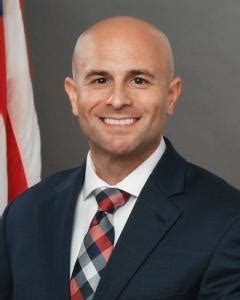Comment Period for the Draft Project US@ Specification to Open Soon
 Steven Posnack
Steven Posnack
As we continue to learn more about all of the factors that affect our health, where we live has proven to become more insightful over time. Our ability to study and measure health impacts, conduct public health monitoring across communities, deliver medications safely to patients, and a number of other efforts rely on the availability and accuracy of patient address data. Clinicians, researchers, and public health professionals must also have the ability to successfully link disparate records, which also requires standardized data.
In December 2020, ONC announced the launch of Project US@ an initiative focused on creating a unified specification for address in health care. As of today (June 16, 2021), on behalf of all of the Project US@ partners, we have released DRAFT version 1.0 of the Project US@ Technical Specification. Next, standards development organizations, including the National Council for Prescription Drug Programs (NCPDP), X12, and Health Level Seven (HL7) will each open 30-day comment periods from July 1 - 31, 2021 for the greater health IT community.
 Carmen SmileyThis fall, the Project US@ Technical Workgroup will finalize the specification, working in tandem with the Project US@ AHIMA Companion Guide Workgroup, which is focused on operational best practices and guidance to support consistent patient address capture and management. Both the final version 1.0 of the Project US@ Technical Specification and the ONC-AHIMA Project US@ Companion Guide will be released by the end of 2021.
Carmen SmileyThis fall, the Project US@ Technical Workgroup will finalize the specification, working in tandem with the Project US@ AHIMA Companion Guide Workgroup, which is focused on operational best practices and guidance to support consistent patient address capture and management. Both the final version 1.0 of the Project US@ Technical Specification and the ONC-AHIMA Project US@ Companion Guide will be released by the end of 2021.
It's not too late to join in this effort to establish a lasting, industry-wide approach to representing patient addresses. We encourage everyone to comment on DRAFT version 1.0 of the Project US@ Technical Specification and engage as a Project US@ Partner. For more information, see our Project US@ site.
This post was published in HealthITBuzz, the blog of the Office of the National Coordinator for Health Information Technology (ONC). It is reprinted by Open Health News under public domain. The original post can be found here.
- Login to post comments